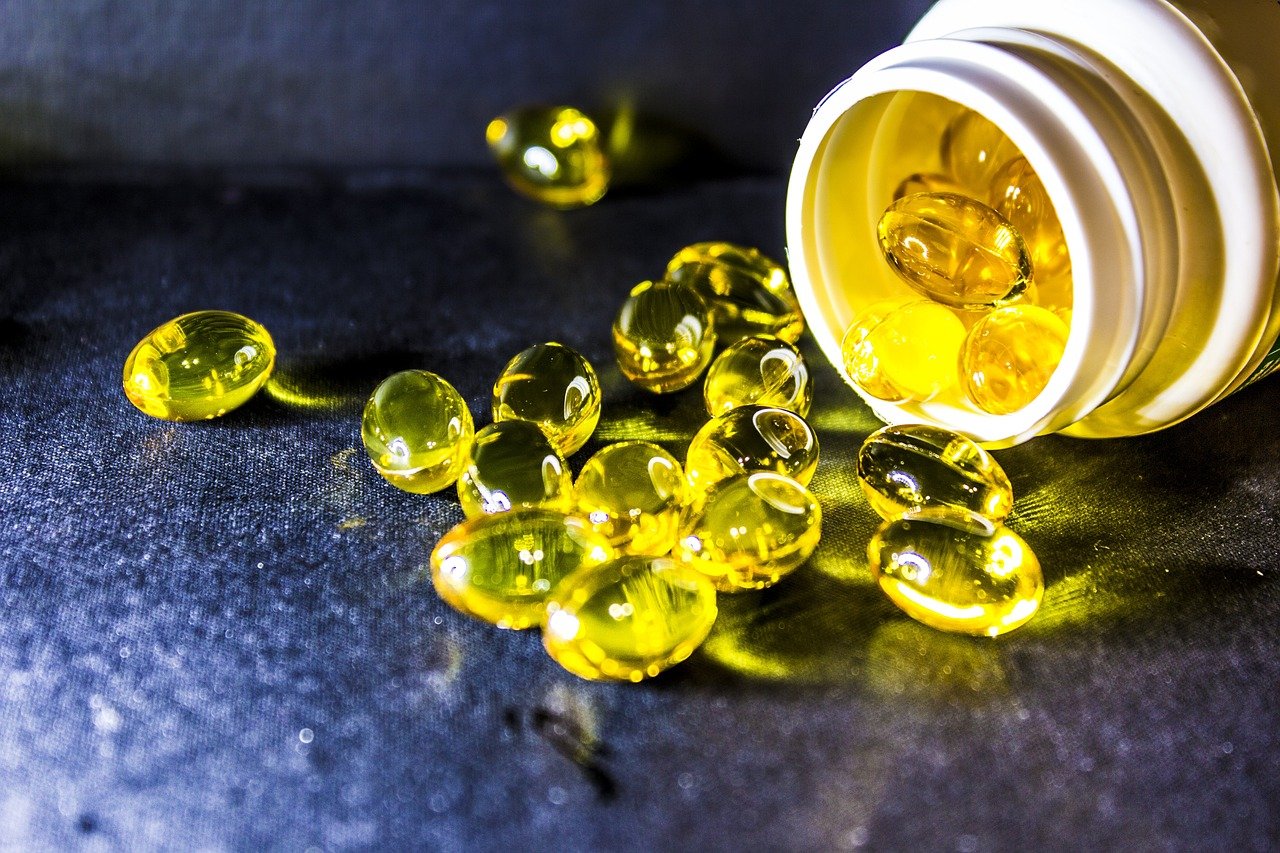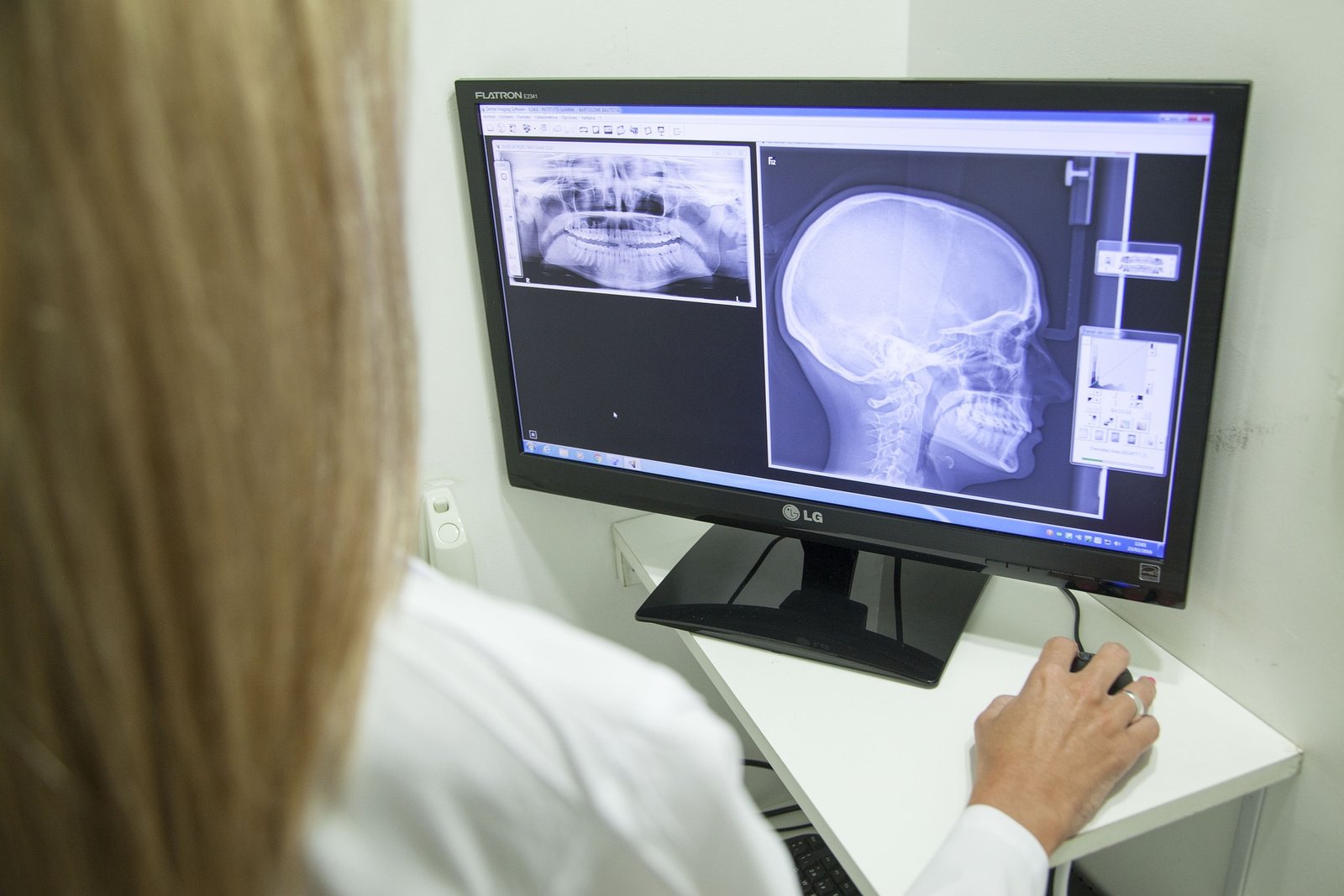WHO declared COVID 19 as pandemic in March 2020 after the disease had hydra headedly spread to most parts of the world including Japan, Korea, Iran, European countries, USA, India and others. The disease is caused by 2019-nCoV was called Covid-19 by the WHO in February 2020. The Coronaviruses are the enveloped viruses with positive sense of single-stranded RNA. It has the largest investigated genome among the RNA viruses with helical symmetry nucleocapsid of approx 26-32 kb in size. Initially, coronaviruses were thought to cause only enzootic infections but some recent studies have indicated that a variety of these viruses, including antigenic groups 1 (229E and NL63), antigenic groups 2 (OC43) and HKU1 has the potential to infect humans. These viruses seem to cause upper respiratory tract infections with symptoms of common cold. The three specific strains of these viruses that are lethal to human beings and are zoonotic in origin include severe acute respiratory syndrome coronavirus (SARS-CoV), Middle East Respiratory syndrome coronavirus (MERS- CoV), and 2019 novel-coronavirus (2019-n-CoV).
The role of Spike Glycoprotein (S glycoprotein) is to attach the virions to the host cell membrane which has an important part in host cell restriction. Coronaviruses replicate primarily in the host’s respiratory and intestinal epithelial cells causing cytopathic alterations.
Clinical manifestations: fever, dry cough, myalgia are some of the common presentations of COVID 19. Some less obvious symptoms include nausea, diarrhoea, hyposmia, dysguesia. Also, ground glass opacities on chest X-ray and computed tomography has been visualised.9 80% of the patients have only mild flu-like symptoms and seasonal allergies leading to an abnormally large number of undiagnosed cases. These asymptomatic cases may act as “super spreaders” in the community they live in. The incubation period of SARS-CoV2 ranges from 0-24 days and is highly contagious. Also, the severe form of the disease has predilection for elderly men with mean age of 56 and pre-existing systemic disease including cardiovascular disorder, diabetes mellitus, immunosuppression and others.
Oral manifestations: The research suggests that ACE2-expressing cells may act as target cells for the novel coronavirus.such receptors are found in higher number in tongue than at any other extraoral site and also in the salivary glands making the oral cavity more prone for the presence of the viruses. As the expression of ACE2 receptors are higher in the minor salivary glands when compared with the lungs, thus they may act as reservoir for the viruses.
The most common oral manifestation of COVID19 is xerostomia seen in about 46.3% of the cases and amblygeustia that is found in about47.2% of the cases so far. Dysguesia may often be seen secondary to dysosmia. Apart from this, oral vesiculobullous lesions including blisters in labial mucosa, recurrent herpetic stomatitis, multiple pinpoint painful ulcers on palate, desquammative gingivitis may be presented in COVID 19 patients.
Differential diagnosis: some of the differential diagnosis related to oral manifestations of COVID 19 include aphthous ulcer, erythema multiforme, herpetic gingivostomatitis and hand, foot and mouth disease to name a few.
Diagnosis: WHO recommends rapid collection for outpatients and nucleic acid amplification testing (NAAT) for the patients with critical conditions. The samples are taken from respiratory epithelium including nasopharyngeal and oropharyngeal swabs as well as sputum and/or endotracheal aspirate or bronchoalveolar lavage.
Management: managing the patient confirmed with COVID 19 disease is a challenge for dental professionals. Optimal medical and dental care has to be provided to the patients in accordance with the CDC and ADA guidelines.
Two main routes of transmission of the virus are:
1. Direct transmission such as through sneezing
2. Contact transmission
In dental settings, the operator is much vulnerable to coronavirus infection through the contact of oral mucosa and respiratory droplets. Virus transmission can also occur fomites.
Infection control: Utmost importance to hand hygiene before, during and after dental procedures should be given as feco-oral route is the mode of transmission. Personal protective instruments including face covers/masks, gowns, goggles, helmets, head caps, gloves, face shields, face covers should be used. Dentists should not touch their own facial mucosa including eyes, mouth, nose after treating even the suspected cases of COVID 19. The patient should be immediately transferred to the medical settings if found unmanageable.
Mouth rinses: The use of chlorhexidine mouthwash is yet not identified in COVID 19 patients. But, mouth rinses with oxidative agents like 1% hydrogen peroxide or 0.2% povidine-iodine are recommended.
Rubber dam isolation: It helps in creating a barrier and thus reduces the droplets and aerosols generation mixed with patient’s saliva and blood. Extra high volume suction will add an advantage to this.
Anti-retraction handpieces: Any dental handpiece without anti-retraction mechanism should be avoided during the pandemic situation.
Disinfection: proper disinfection of the procedural, waiting and other area in a dental should be done regularly with alcohol based sanitizers or fumigating in the clinic.
Conclusion: The role of dentists is of paramount importance in the pandemic situation. Identifying the inaugural symptoms of the disease in the oral cavity and taking protective and good care the patient as well as self, dentists can be proved helpful in the situation.








On May 20, the Centers for Disease Control and Prevention issued updated guidelines for dentists preparing to resume nonemergency dental care that include recommendations for treating those with Covid-19 as well as those without the virus. Such strategies are important because no test is 100 percent accurate. There have been many false-negatives for Covid-19 virus, so even if I tested negative the day before coming to the office, it would not guarantee that I don’t have the virus.